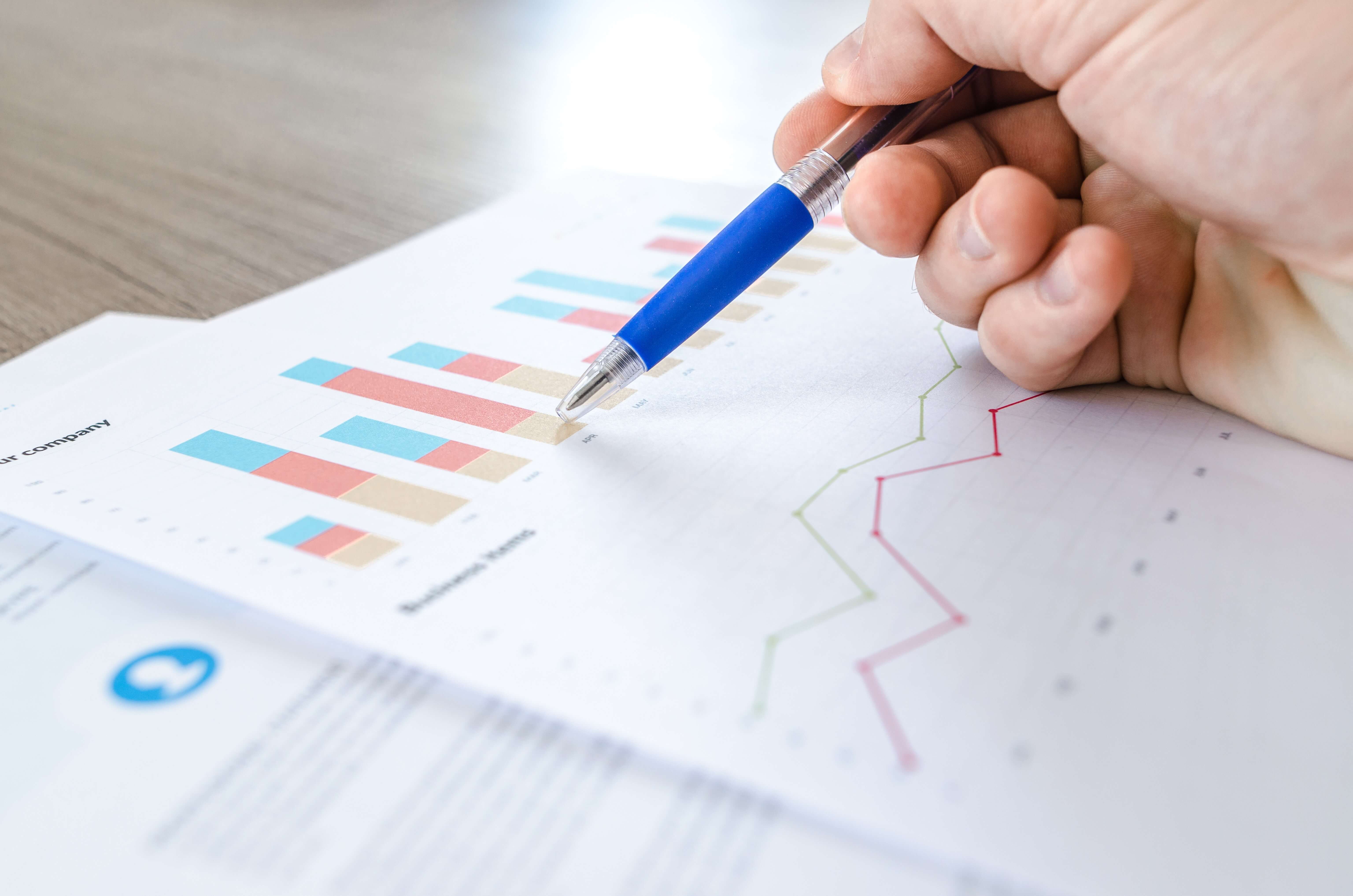A key performance indicator, or KPI, is a broad term that encompasses whether or not a company is achieving certain objectives. Different KPIs can be used to measure success in online ventures, as well as uncover the success of various departments within a company, like sales and marketing. It is important to identify metrics that should be measured and take action once the findings are uncovered.
Everything is measurable with a key performance indicator. However, not all KPIs are effective. In order for it to be effective, businesses use the term SMART to determine whether a KPI is worth pursuing. SMART stands for:
If any one of these items doesn’t fit the goals of the company, it is not a metric that should be
measured. For example, if the metric doesn’t match any current goals of the company, or if it will take
months and countless hours to obtain, it may not be worth pursuing.
Teams that get the most of key performance indicator findings take things further by using the acronym
SMARTER, where the E stands for “evaluate” and the R stands for “reevaluate.” It ensures that a
particular KPI is fully assessed and revisited so it provides the company with the most value possible.
Note:
With appropriate measures you can increase your KPI. Find out more about clickworker’s diverse solutions.


A key performance indicator can measure anything. They are most often used to assess profits and
other financial metrics, but they can do more than provide a company with information on how many
products are being sold and what types of products are most popular.
There are many different types of KPIs that include:
Key performance indicators are also used online. For example, a company may want to determine a conversion rate for a landing page by determining how many people visit the website compared to how many people provide their email address. This would be an effective KPI for a company that is interested in lead generation.
As is the case with any strategy, KPIs have pros and cons. When researched during a planning phase, a key performance indicator can be very useful. That might mean it is measured every year, quarterly, or more frequently, depending on when the company likes to plan out their next hiring strategy, new products, and more. It enables everyone on a team to get on the same page moving forward.
Measuring a KPI can be time consuming. It can require team members to spend hours of their time determining a result when their time could be better spent on other things. Lack of communication can make this method of measuring information obsolete. If the team doesn't learn about the latest company finding, or if the finding isn't properly explained or defined, the team will be no better off than before the finding was obtained. The value of using key performance indicators lies in measuring the right information, sharing the findings with the right people, and making sure everyone is on the same page moving forward.

Communication is vital when uncovering the information behind a KPI. The relevant parties should be notified of the findings. That might mean scheduling a meeting or sending out reports regularly. Dashboards can make this kind of information much easier to access. Employees can review data in real- time with specialized programs that provide a plethora of information without the time consuming methods of obtaining KPIs the traditional way. It will also be important to interpret the findings of a key performance indicator clearly for the team. What the data has uncovered is not always obvious. Explaining how it relates to an important company goal, and how the company will be moving forward, is important.